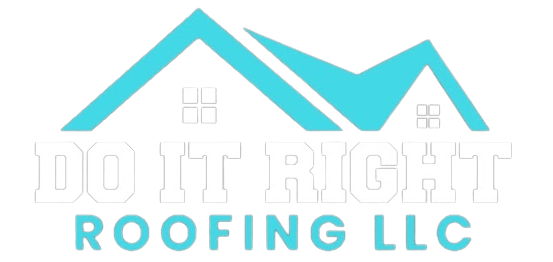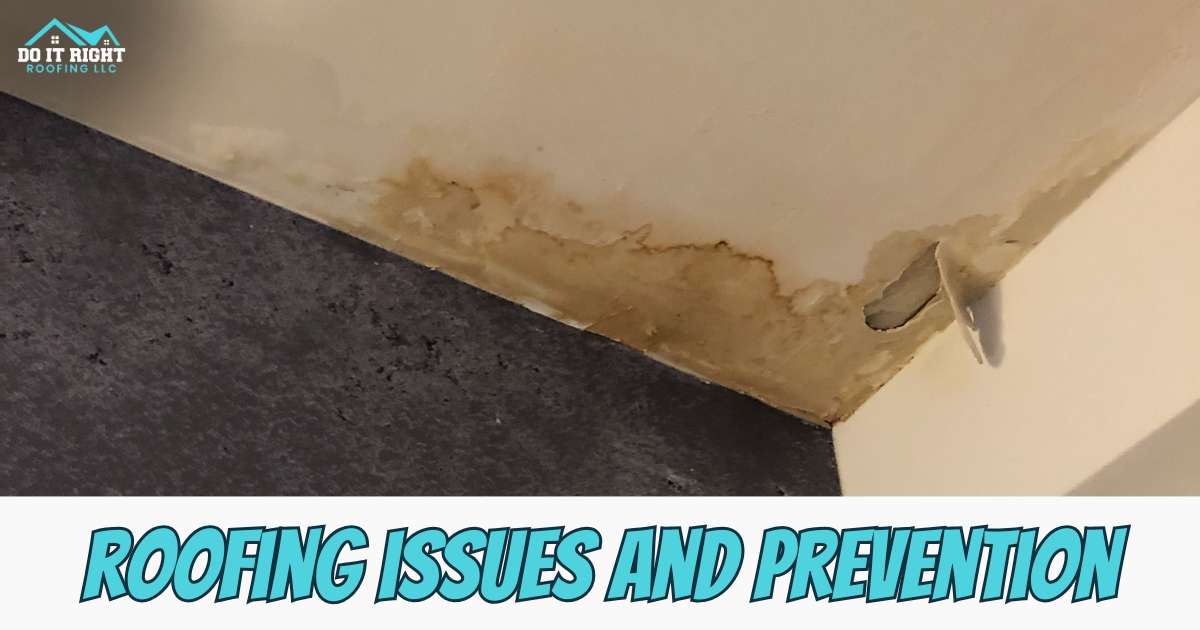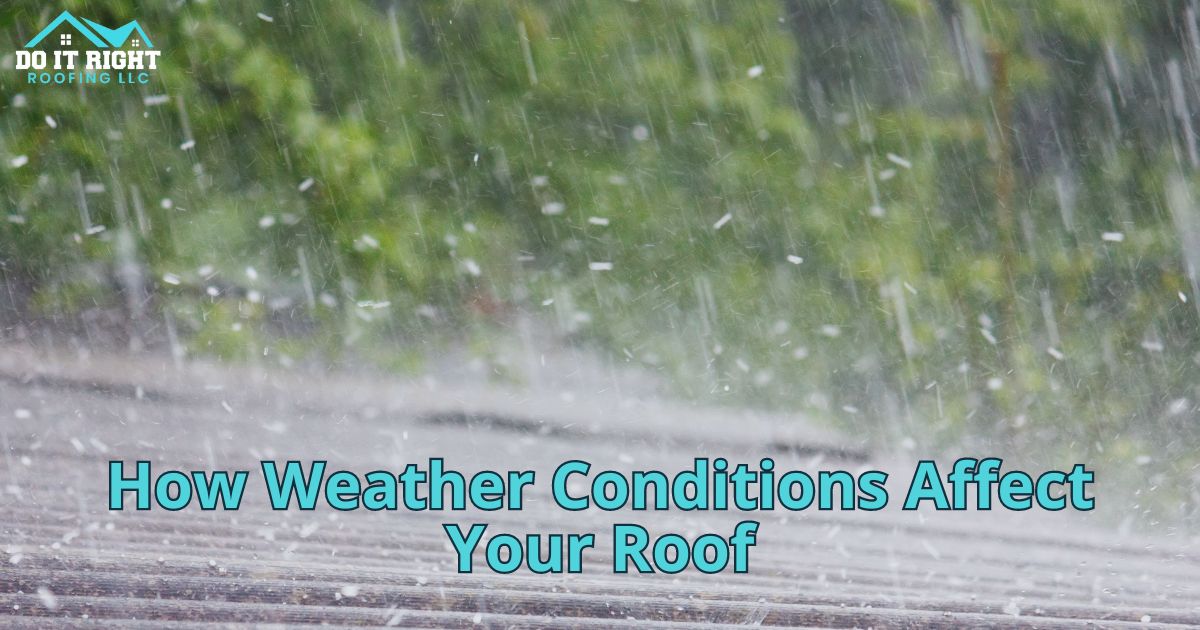by Jhodiz Delos Santos
Share
by Jhodiz Delos Santos
Share
Snow-covered roofs may look picturesque, but heavy snow buildup can pose serious risks to your home’s structure, insulation, and even your safety. Understanding the dangers of snow accumulation and how to address it can help you protect your roof from damage and avoid costly repairs. This article explores the risks of excessive snow buildup, provides tips for safe snow removal, and highlights when it’s time to call in professional help.
Risks of Snow Buildup on Your Roof
Winter snow buildup on your roof can lead to several issues that compromise the integrity of your home. Here are some of the key risks to consider:
- Structural Stress: Excessive snow load can place significant stress on your roof. When the weight surpasses what the structure was designed to handle, it can cause sagging, cracks, or, in extreme cases, a roof collapse.
- Ice Dams: Snow melting and refreezing at the edges of your roof can create ice dams, which trap water and prevent it from draining properly. This can lead to leaks, water damage, and even mold growth inside your home.
- Water Leaks: When melting snow cannot drain due to ice dams or clogged gutters, it may seep under shingles, leading to leaks. Water leaks can damage ceilings, walls, and insulation, resulting in costly repairs.
- Gutter Damage: The extra weight of snow and ice can strain gutters, causing them to detach or crack. Damaged gutters affect water drainage, leading to further roof and foundation problems.
- Mold and Mildew Growth: Accumulated snow and moisture increase the risk of mold and mildew, particularly if water infiltrates your attic or walls. Mold not only damages the home but can also lead to health problems.
Signs That Snow Buildup Is a Concern
Certain signs may indicate that your roof is under too much stress from snow buildup:
- Sagging roof: If you notice areas of the roof that appear to be sagging, it’s a strong indication of structural stress.
- Creaking or cracking sounds: These noises often suggest that the roof or walls are under unusual pressure.
- Water stains on ceilings: Water stains or damp spots inside your home can mean snowmelt is seeping through.
- Exterior cracks in walls: Cracks near your home’s corners or around door and window frames could signal that the weight of the snow is impacting your house’s structure.
How to Safely Remove Snow from Your Roof
Removing snow from your roof can reduce the risk of damage, but it’s essential to approach it safely. Here are some tips for effective and safe snow removal:
- Use a Roof Rake: A roof rake with an extendable handle allows you to pull snow off the roof from the ground. Look for models with a plastic blade to avoid damaging shingles. Begin from the roof’s edge and work your way up to remove snow gradually.
- Avoid Stepping on the Roof: Walking on a snow-covered roof is hazardous, especially when the surface is slippery and fragile. Standing on your roof also risks shingle damage and can be dangerous in icy conditions.
- Clear Gutters and Downspouts: Ensure that gutters and downspouts are clear of debris and ice to allow melting snow to drain properly, reducing the risk of ice dams and water damage.
- Do Not Use Salt or Chemicals: Avoid using salt or other chemicals to melt snow and ice on your roof, as these substances can erode roofing materials and damage shingles.
When to Call a Professional
While minor snow buildup can often be safely managed with the right tools and techniques, there are situations where calling a roofing professional is the safest and most effective option:
- Excessive Snow Load: If your roof is covered in a thick layer of heavy, wet snow that’s difficult to clear on your own, calling a professional is the best option. Professionals have specialized tools to safely and efficiently remove large amounts of snow.
- Signs of Roof Damage: If you notice sagging, leaks, or structural cracking, it’s time to call a professional immediately. Addressing these issues without delay can prevent further damage and avoid costly repairs.
- Risk of Ice Dams: Ice dams can be challenging to address without damaging the roof. A professional can safely remove built-up ice and snow to prevent water from backing up under shingles.
- Steep or High Roofs: If your roof has a steep pitch or is difficult to access, it’s safer to call a professional. Climbing on icy or steep roofs poses significant fall risks that are best handled by experienced technicians.
Long-Term Benefits of Professional Snow Removal
Investing in professional snow removal services offers multiple long-term benefits that go beyond immediate safety and damage prevention:
- Extended Roof Lifespan: By preventing the stress and potential damage caused by snow and ice, you’ll extend the lifespan of your roof, saving you money in the long run.
- Improved Energy Efficiency: Removing excess snow helps reduce ice dams, which can improve ventilation and insulation in your attic. This leads to better energy efficiency and a more comfortable indoor environment.
- Cost Savings on Repairs: Proactive snow removal helps prevent the need for costly roof repairs or replacements, protecting your investment in your home.
- Enhanced Safety: Professional roofers have the equipment and expertise to safely remove snow from even the most challenging roof designs, ensuring safety for both the homeowner and the structure.
Final Thoughts
The risks of snow buildup on your roof can’t be ignored. From structural stress and ice dams to water damage, the potential issues are serious and costly. Taking preventive action by removing snow safely or calling a professional can protect your roof and home from winter’s harshest conditions.
If you’re concerned about snow buildup on your roof, Do It Right Roofing offers expert snow removal services to help keep your roof in top condition all winter long. Contact us today to schedule an inspection or snow removal service, and ensure your roof is ready to handle anything the season brings.
STAY IN THE LOOP
Subscribe to our free newsletter.
Leave A Comment
Winter weather can be tough on roofs. Heavy snow, freezing [...]
As the colder months approach, ensuring your roof is ready [...]
How Weather Conditions Affect Your Roof Your roof is one [...]
When it comes to selecting the right roofing material for [...]






